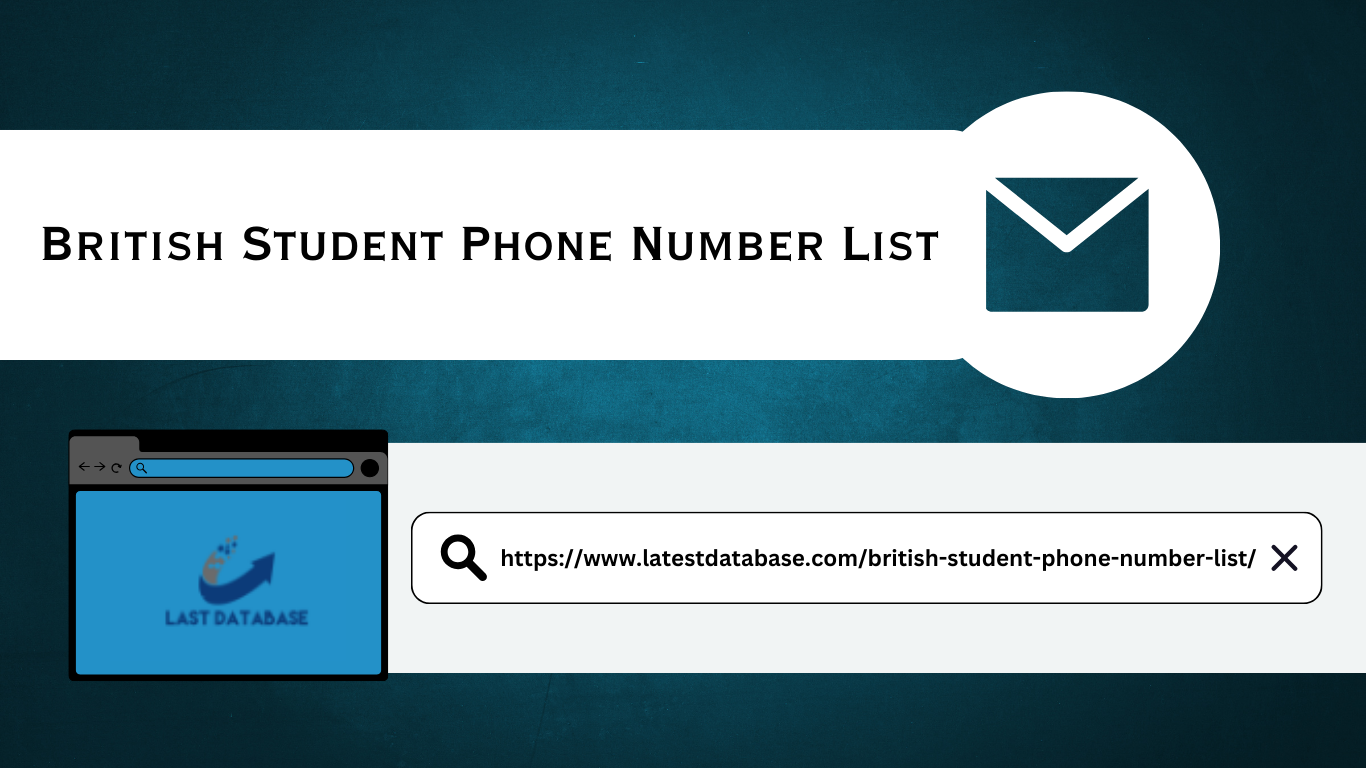|
|
Types & Categories of E-CommerceIf we look at the way they operate & sell products to consumers, we can divide e-commerce companies into 4 categories/types, namely 1. Consumer to Consumer ( Consumer To Consumer/C2C )The first e-commerce business model we will study is the consumer-to-consumer (C2C) model.Here, businesses connect an individual user who wants to make a transaction with another individual user.For example, I want to sell used cellphones that are no longer used.
Several e-commerce sites such as Shopee, Tokopedia, or Facebook Marketplace British Student Phone Number List connect me with other users who want to buy the product.This will provide a sense of comfort for users, because here the platform acts as an intermediary or intermediary who can guarantee the security of buying and selling transactions.2. Direct to Consumer ( D2C )In this direct-to-consumer (D2C) business model, the platform acts as a seller of products that consumers can buy on its e-commerce platform., the platform can still provide comfortable transactions for buyers.This business model is often chosen by startup companies for several reasons.

Bigger profit margins (no middleman cuts)Can process consumer data in more detail, andLook more professional and trustworthy in the eyes of potential consumersOne of the biggest examples of a business with a D2C model is IKEA, which sells products directly from its official website.(Read this article to find out how smart IKEA is in marketing its products )They even offer some unique features such as a “room catalog” and several other features, which can provide a memorable experience for site users.3. First Party/Business To Business To Consumer (B2B2C)The first party ( 1st Party ) or B2B2C business model combines the advantages of the B2B and B2C models.
|
|